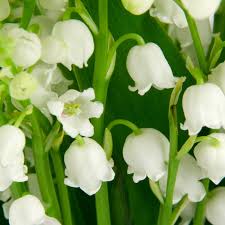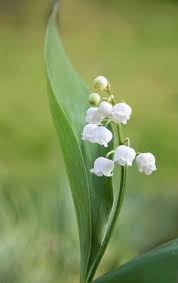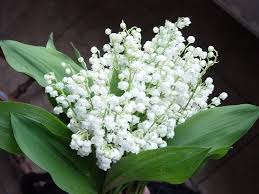Sex and Size in Bengal Cats: Correlation and Impact
The relationship between sex and size in Bengal cats is an intriguing aspect of feline biology. In this article, we explore the correlation between sex and size in Bengal cats, shedding light on how gender influences their physical development and characteristics.

**1. *Gender Dimorphism in Bengal Cats:*
- Size Differences:
Bengal cats exhibit gender dimorphism, meaning there are noticeable size differences between males and females. In general, male Bengal cats tend to be larger and heavier than their female counterparts. - Muscular Build:
Males typically have a more robust and muscular build, emphasizing their physical strength. This is a common trait in many domestic cat breeds and mirrors patterns observed in their wild ancestors.
**2. *Size Ranges for Male and Female Bengals:*
- Male Bengal Cats:
Adult male Bengal cats usually fall within a weight range of 10 to 18 pounds (4.5 to 8 kg), with variations depending on genetics, diet, and overall health. - Female Bengal Cats:
Adult female Bengal cats are generally smaller, with an average weight ranging from 8 to 12 pounds (3.6 to 5.4 kg). Again, individual factors contribute to variations within this range.
**3. *Reproductive Influences on Size:*
- Reproductive Hormones:
Reproductive hormones play a role in the size differences between male and female Bengal cats. Intact males, before neutering, may experience more significant physical development due to the influence of these hormones. - Spaying and Neutering Effects:
Spaying or neutering Bengal cats can impact their overall size. Neutering tends to reduce the hormonal influences that contribute to the larger size of intact males.
**4. *Size Impact on Behavioral Traits:*
- Territorial Behaviors:
Larger size in male Bengal cats may influence certain territorial behaviors. Intact males may exhibit more dominant behaviors, such as marking territory, compared to their smaller female counterparts. - Agility and Playfulness:
While male Bengals may be larger, both genders share a playful and agile nature. Size differences don’t necessarily dictate agility or playfulness, as these traits are influenced by individual personalities and environmental factors.
**5. *Health Considerations:*
- Weight-Related Health Issues:
Maintaining a healthy weight is crucial for both male and female Bengal cats. Overweight cats, regardless of gender, may be at risk for health issues such as diabetes, joint problems, and a reduced lifespan. - Veterinary Guidance:
Regular veterinary check-ups help monitor the health of Bengal cats, ensuring that they are within an optimal weight range. Veterinarians can provide guidance on nutrition and weight management.
**6. *Choosing a Bengal Cat Based on Size:*
- Personal Preferences:
When selecting a Bengal cat, whether male or female, consider your personal preferences and lifestyle. Size should be just one factor in the decision-making process, as temperament, activity level, and compatibility matter equally. - Consulting Breeders:
If you have specific size preferences, consult with reputable Bengal breeders. They can provide insights into the typical size ranges of their breeding lines and help match you with a cat that fits your preferences.
Conclusion:
Understanding the correlation between sex and size in Bengal cats enhances your appreciation for the diversity within this breed. While size differences exist, each cat, regardless of gender, brings unique qualities and characteristics. Whether you choose a male or female Bengal cat, providing a loving and enriching environment is key to fostering a happy and healthy feline companion.








